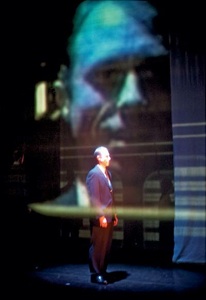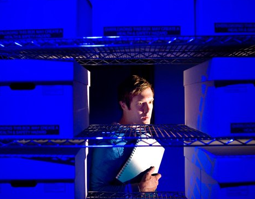The students
have taken to the streets. The Coalition’s announcement that fees will
rise to as much as £9000 per year, and that all teaching funding will be
removed from everything but STEM subjects (science, technology,
engineering and mathematics), has been met by determined and united
opposition.
The first demonstration was a largely
peaceful demonstration though some people stormed Conservative Party
Headquarters at Millbank. The police was entirely outnumbered. At the
second, another largely peaceful demonstration was opposed fiercely,
with the notorious kettling tactic, where demonstrators are hemmed in in
a confined space for a long time, unable to leave even to go to the
loo. Schoolchildren had joined the demonstration and so the British
police held children captive, without charge, for five hours in central
London. An old police van was left in the middle of the kettle and,
quite understandably, the demonstrators took their frustration out on
it. Nina Power’s excellent blog entry
captured the events in words and pictures. Today a third day of action
was called, though coinciding with deep snows was less well attended.
Many universities faced student
occupations for the first time in 25 years. At my own institution, Royal
Holloway, students occupied a corridor in the administrative block,
drawing up a list of demands. After many years of fearing that students
had become more and more passive, less and less politically engaged,
more bound into thinking of university purely as a means to a career, a
better job, it is a remarkable awakening (for me, maybe they always knew
this was simmering underneath). And remember, these students are not
facing those fees. They are marching, and campaigning and occupying on
behalf of the university system and the students to come.
The word ‘violence’ refers to damage
done to people and property. So it is true to say that the
demonstrations had violent elements. At the first demonstration, an
idiot threw a fire extinguisher from the top of a building. Quite
rightly, he has been arrested and charged with violent disorder. But the
great majority of the demonstrators were peaceful and the great
majority of the ‘violence’ was fairly minor vandalism, symbolic rather
than actual. They broke the windows of Conservative HQ and, after
breaking in, damaged some fixtures. Note that diners continued eating at
the next door Pizza Express without any apparent fear for their safety.
And violence to property is simply not
as significant as violence to people, though for the free marketeers
they are on the same scale. What the violence against property
represents is both the scale of the anger, the determination that we
will not meekly accept the vandalism of a thousand years of university
tradition, and also a contempt for the banal economism of the Coalition.
Smashing a window may seem like a crude gesture but it is a statement
that refuses passivity and asserts the priority of human values over
cash values.
The Coalition may be in trouble. The Lib
Dems all signed pledges not to increase student fees before the
election. Now they’re in power they say they have no option but to break
that promise because the situation is worse than it seemed.
Unfortunately for them, today the Office for Budget Responsibilty (a
public spending watchdog set up by George Osborne) reported yesterday
that economic conditions are better than thought six months ago. Many
Lib Dems are planning to abstain in the vote, including, bewilderingly,
Vince Cable, the joint architect of the funding plan. The Lib Dems
perhaps can be bought off and perhaps the vote will go through, but
these demonstrations are a tremendous reminder to the government and to
the rest of the country that these cuts are not inevitable, not just,
and not acceptable.
Note that the police have been congratulating themselves on their handling of the dispute. Here’s some examples of their fine work:






![photo[1].jpg](https://images.squarespace-cdn.com/content/v1/513c543ce4b0abff73bc0a82/1362919072201-PZO854G4SEB794DVOEI8/photo%5B1%5D.jpg)
